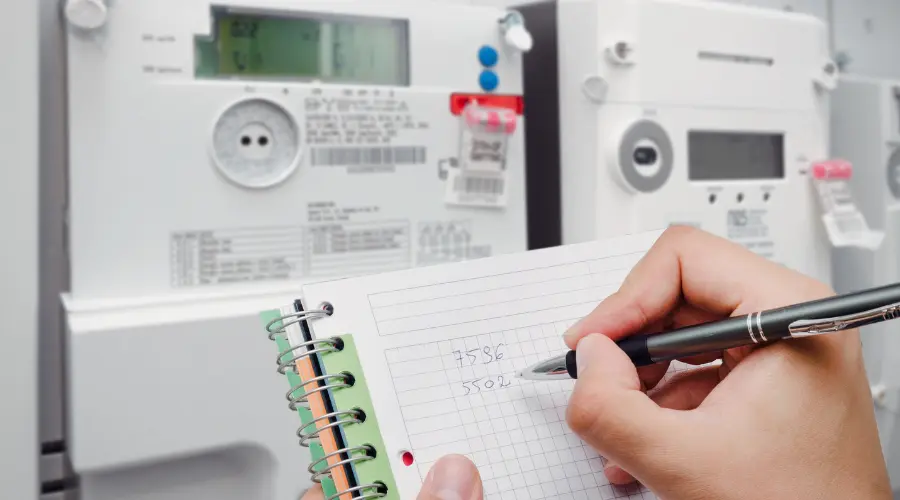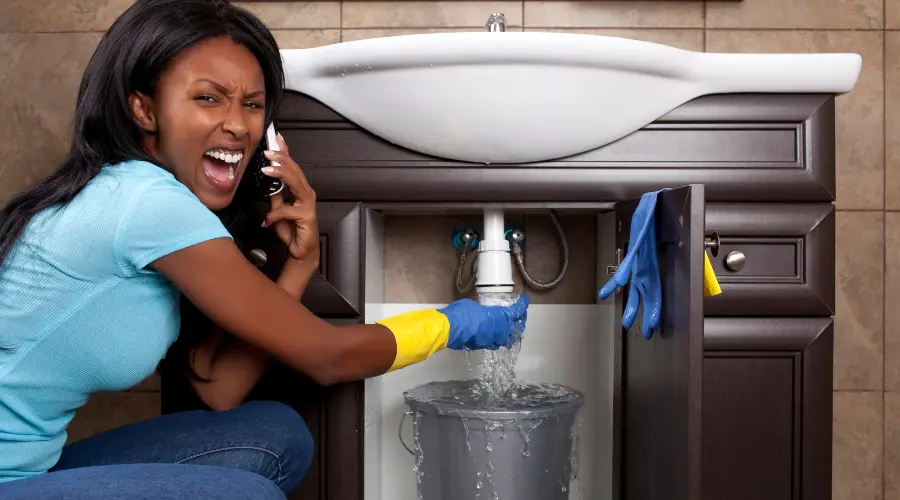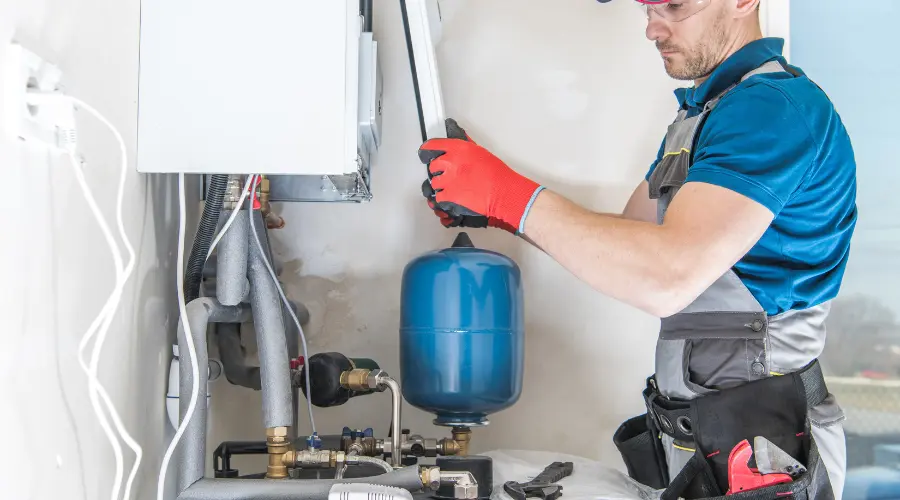Key Takeaways
- Water heating accounts for approximately 20% of your monthly energy bill.
- An inefficient water heater increases energy costs and potential repair expenses.
- Regular maintenance improves efficiency and extends the lifespan of your water heater.
- Insulating pipes, lowering the thermostat, and fixing leaks can save significant amounts of money.
- Professional inspections can help detect issues before they become costly repairs.
Boosting Water Heater Efficiency: Simple Steps to Save Energy and Money
Did you know that heating water is one of the most energy-consuming activities in your home? In fact, it accounts for nearly 20% of your monthly energy bill. If your water heater isn’t operating efficiently, you could be paying much more than necessary. Luckily, there are several ways to improve efficiency, reduce costs, and extend the lifespan of your water heater.
Below are five simple but effective strategies to enhance your water heater’s performance while saving money.
Step 1: Drain Water Heater Sediment
Over time, minerals like calcium and magnesium accumulate at the bottom of your water heater tank, forming sediment. This buildup forces your heater to work harder, leading to inefficiency and potential overheating, which can cause system failure.
Solution:
- Drain and flush your water heater at least once a year (or up to three times if you have hard water).
- Use cold water to clean out the tank and remove sediment.
- If unsure, hire a professional to handle the flushing as part of routine maintenance.
Benefits:
- Increases energy efficiency.
- Extends the lifespan of the unit.
- Reduces the risk of overheating and rupture.
Step 2: Insulate Water Pipes
Heat loss is common in plumbing and water storage tanks, causing your water heater to work harder to maintain temperature. Insulating pipes can help minimize this heat loss, making the system more efficient.
Solution:
- Wrap your water pipes in foam insulation to retain heat.
- Measure the pipes to ensure the insulation fits snugly.
- Use common household tools like duct tape and scissors for installation.
Benefits:
- Prevents unnecessary heat loss.
- Reduces energy consumption.
- Increases water temperature by 2-4°F, allowing for lower thermostat settings.
Step 3: Install Low-Flow Fixtures
Low-flow showerheads and faucets reduce the amount of hot water used, decreasing the workload on your water heater and cutting down on energy bills.
Solution:
- Replace standard showerheads and faucets with low-flow models.
- Consider upgrading toilets to low-flow versions for additional water conservation.
Benefits:
- Reduces water consumption by 30-50%.
- Lowers energy and water bills over time.
- Environmentally friendly and cost-effective.
Step 4: Adjust the Thermostat to 120°F
Many water heaters come preset at 140°F, which is hotter than necessary. Lowering the thermostat to 120°F is a safer and more energy-efficient setting.
Solution:
- Locate the thermostat dial on your water heater.
- Adjust the temperature to 120°F.
- Monitor hot water usage to ensure the setting meets your needs.
Benefits:
- Reduces energy consumption by 3-5% per year.
- Prevents scalding risks for children and the elderly.
- Slows down mineral buildup and corrosion in the heater.
Step 5: Fix Leaks in Plumbing Systems
Leaks, even small ones, can waste significant amounts of water and cause your water heater to run continuously, leading to higher energy bills.
Solution:
- Check for leaks around the water heater tank, pipes, and fixtures.
- Inspect the temperature-pressure relief valve and drain valve for leaks.
- Call a professional plumber if you suspect hidden leaks.
Benefits:
- Prevents water wastage and unnecessary energy use.
- Reduces the risk of water damage.
- Extends the life of your water heater by reducing strain on the system.
Routine Water Heater Maintenance
Regular maintenance ensures optimal efficiency and prevents costly repairs. Here are some additional tips:
- Check the anode rod: Replace it if it shows significant wear.
- Test the pressure relief valve: Ensure it functions properly to prevent pressure buildup.
- Schedule professional inspections: A plumber can identify potential issues before they become major problems.
Frequently Asked Questions (FAQ)
Q: How often should I flush my water heater?
A: It’s recommended to flush your water heater at least once a year, or more frequently if you have hard water.
Q: What is the ideal water heater temperature setting?
A: 120°F is the safest and most energy-efficient temperature.
Q: How do I know if my water heater needs maintenance?
A: Signs include inconsistent water temperature, unusual noises, leaks, and higher energy bills.
Q: Can I insulate my water heater myself?
A: Yes! You can use a water heater insulation blanket and pipe insulation, both available at hardware stores.
Q: What are the benefits of hiring a professional for water heater maintenance?
A: A professional can detect early signs of damage, ensure optimal efficiency, and extend the lifespan of your unit.
Final Thoughts
Maintaining an efficient water heater doesn’t require a major investment of time or money. By following these simple steps—flushing sediment, insulating pipes, installing low-flow fixtures, adjusting the thermostat, and fixing leaks—you can improve performance, lower energy bills, and extend the lifespan of your water heater.If you need professional assistance with repairs, replacements, or routine maintenance, contact CBJ West New Your Plumber today. A little maintenance goes a long way in keeping your home’s water heating system running smoothly and efficiently.





